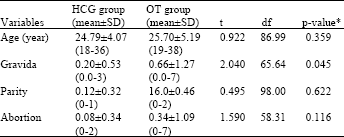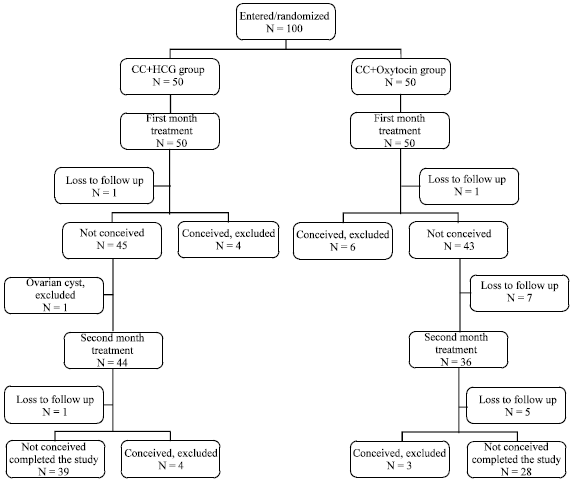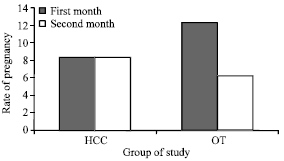Research Article
Comparison the Effect of Oxytocin and Human Chorionic Gonadotropin on Ovulation
Department of Obstetrics and Gynecology, Alzahra Teaching Hospital, South Artesh Avenue, Tabriz University of Medical Sciences, Tabriz, Iran
Simin Tagavi
Department of Obstetrics and Gynecology, Alzahra Teaching Hospital, South Artesh Avenue, Tabriz University of Medical Sciences, Tabriz, Iran
Mahasti Alizadeh
Department of Community Medicine, Faculw of Medicine, Tabriz University of Medical sciences, Golgasht St. Tabriz, Iran
Morteza Ghojazadeh
Department of Physiology, Faculty of Medicine, Tabriz University of Medical Sciences, Golgasht St. Tabriz, Iran
Mahlisha Kazemi Sheshvan
Faculty of Medicine, Golgasht St. Tabriz University of Medical Sciences, Tabriz, Asian Network for Scientific Information Iran














